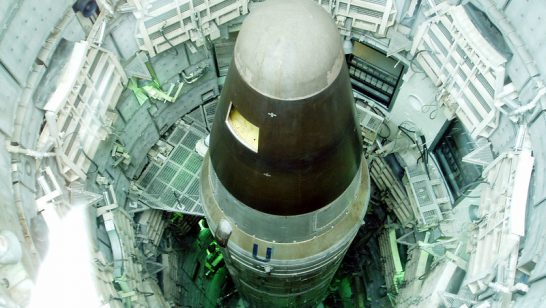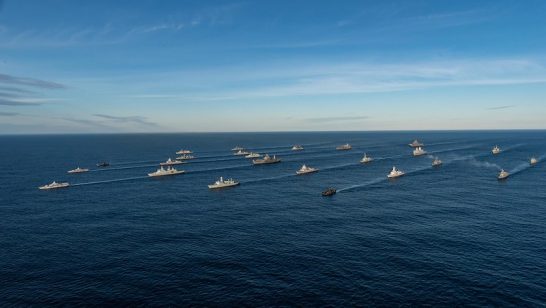
This piece was originally published on 12th June 2021 in The Hill.
Across Europe, security experts and former military and diplomatic officers are warning that tensions between Russia and NATO countries are at a post-Cold War high and the risks of escalation — possibly by accident or misunderstanding — are rising.
President Biden should signal to the Allies that the U.S. will not stand in the way if they allow their soldiers to talk to their Russian counterparts.
Military experience proves that hazardous incidents occur at the moments when channels of communication or plans for crisis control are at their weakest. Modern technologies, an increase in tempo and the possibility of deliberate obscuration all multiply risk. So does the possibility that a third party — perhaps a non-state actor — could use disinformation or hoaxing to start a confrontation between Russia and a Western country.
NATO and Russia have a mutual interest in ensuring that there are sufficient military-to-military contacts to manage and reduce the risks. Dialogue has largely ended since the 2014 invasion of Crimea and NATO’s policy of “no business as usual.” But NATO’s position on Ukraine and objections to wider Russian behavior should not prevent purposeful contacts to avoid military clashes. Quite the opposite: Managing these risks is even more essential at a time when deep political tensions are likely to remain.
Pragmatic ways ahead
Our organization, the European Leadership Network, has convened multiple meetings of senior former military leaders and diplomats from across Europe, the U.S. and Russia to discuss pragmatic ways forward.
With them, we have concluded that to formulate a practical, viable path to risk reduction dialogue, officials should build on what already exists and what works. Practical, concrete measures are the most likely to make progress:
- NATO should start by agreeing at its coming summit to energize and expand the lone existing channel of communications between its two most senior military leaders and Russia’s chief of general staff, Valery Gerasimov, to make meetings more structured, more regular, and inclusive of a wider team of staff.
- This should be communicated in tandem with the subsequent Biden-Putin meeting. After all, it is in NATO’s interest for the wider set of Allies, not only the U.S., to be able to maintain a channel with Russia.
- High-level meetings need not be driven by formal agendas but rather by considering scenarios and “what if’s” and seeking pragmatic solutions.
- In addition, existing instruments and formal agreements (such as the incidents-at-sea agreements that exist bilaterally between Russia and some NATO countries, and the Vienna Document) should be emphasized, preserved and extended.
- Further possible steps could include the reestablishment of the Russian military liaison at NATO’s military headquarters and at other key operational hubs, such as NATO’s Air Command (AIRCOM) and Ballistic Missile Defense Operations Center.
Priority areas for dialogue
We propose five priority areas for enhanced NATO-Russia military-to-military dialogue:
- Avoiding a possible crisis arising from the deployment of short- and intermediate-range missiles in Europe. Both sides are edgy about potential developments.
- An exchange of, and discussion about, defense doctrines. This could help to reduce misunderstandings and misperceptions.
- An improved mechanism to provide notification of location and scale of exercises — including snap exercises. Agreed multilateral mechanisms are not working; a private Russia-NATO channel might work better.
- Greater warning and transparency about heavy-bomber sorties close to NATO/Russia borders. Such sorties signal aggressive intent and are open to misinterpretation and accident.
- Commencement of discussions about the future risks of emerging military technologies, including hypersonic missiles. This will encourage consideration of future risks rather than just solving yesterday’s problems.
The opinions articulated above represent the views of the author(s) and do not necessarily reflect the position of the European Leadership Network or any of its members. The ELN’s aim is to encourage debates that will help develop Europe’s capacity to address the pressing foreign, defence, and security policy challenges of our time.
Image: Wikimedia, Kremlin.ru




